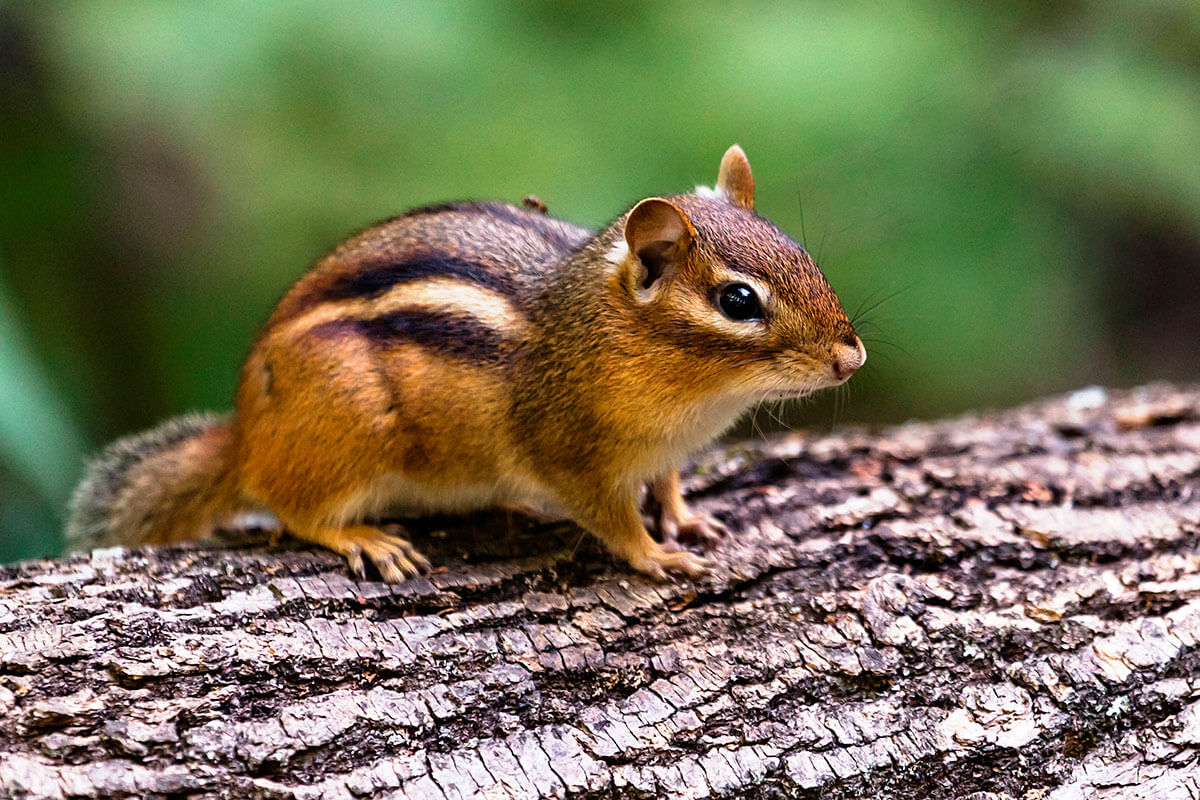Chipmunks

Chipmunks have an omnivorous diet primarily consisting of seeds, nuts and other fruits, and buds. They also commonly eat grass, shoots and many other forms of plant matter, as well as fungi, insects, small frogs, worms and bird eggs. Around humans, chipmunks can eat cultivated grains and vegetables, and other plants from farms and gardens, so they are sometimes considered pests.
Chipmunks mostly forage on the ground, but they climb trees to obtain nuts suck has hazelnuts and acorns. At the beginning of autumn, many species of chipmunk begin to stockpile nonperishable foods for winter. They mostly cache their foods in a larder in their burrows and remain in their nests until spring, unlike some other species which make many small caches of food. Cheek pouches allow chipmunks to carry food items to their burrows for either storage or consumption.
The eastern chipmunk hibernates in the winter, while western chipmunks do not, relying on the stores in their burrows. Eastern chipmunks mate in early spring and again in early summer, producing litters of four or five young twice each year. Western chipmunks breed only once a year. The young emerge from the burrow after about six weeks and strike out on their own within the next two weeks.
These small mammals fulfill important functions in forest ecosystems, as their activities of harvesting and hoarding tree seeds play a crucial role in seedling establishment.
Chipmunks construct expansive burrows that can be more than 11 feet in length, with several well-concealed entrances. The sleeping quarters are kept clean as shells and feces are stored in refuse tunnels.
Chipmunks play an important role as prey for various predatory mammals and birds, but are also opportunistic predators themselves, particularly with regard to bird eggs and nestlings. Chipmunks typically live about three years in the wild.
Source: en.wikipedia.org/wiki/Chipmunk
